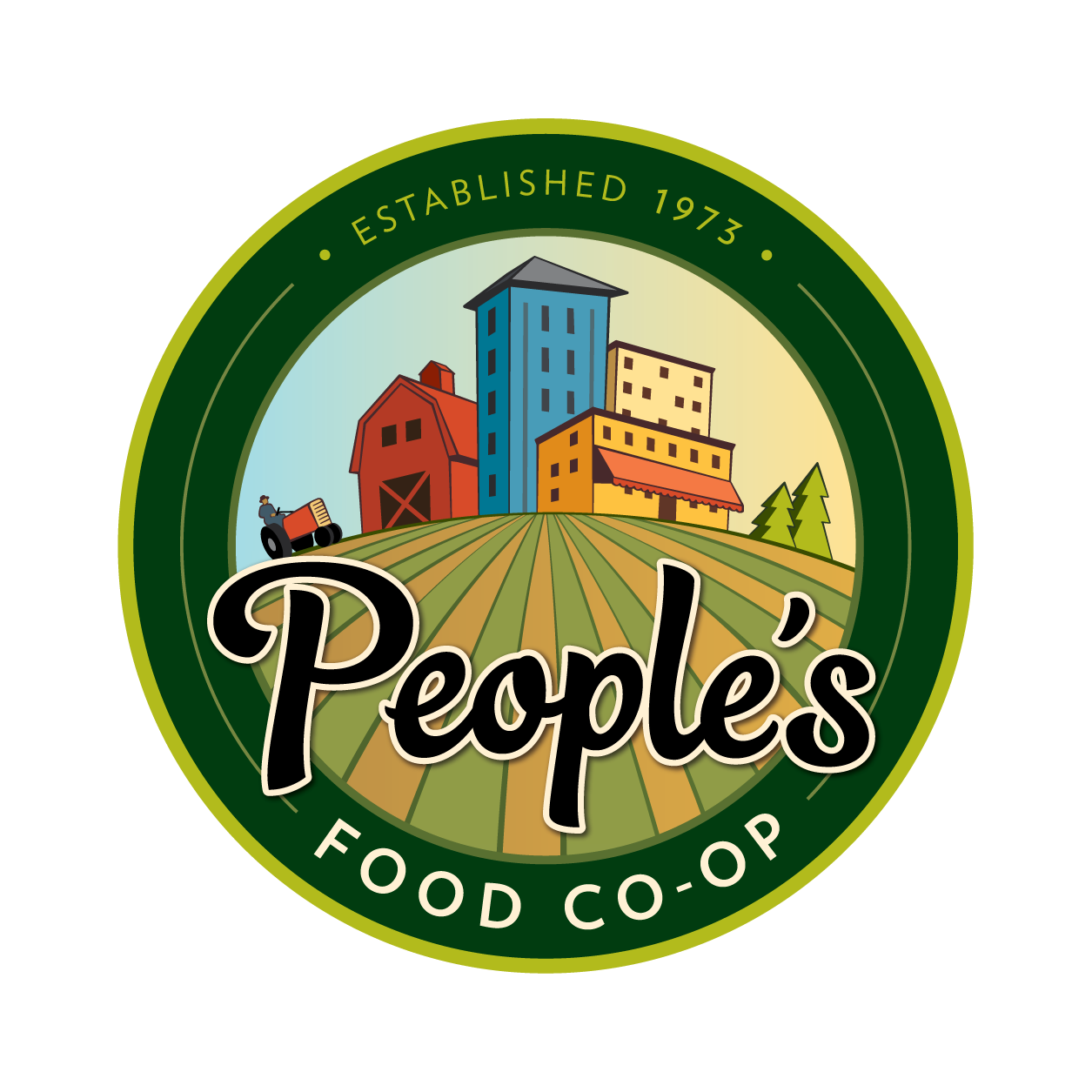Hoch Orchard
Hoch Orchard sits on a ridge above the Mississippi. It is a farm of about 30 acres located outside of La Crescent, MN, and those 30 acres are divided into 13 zones by windbreaks of poplar and spruce. As you walk along the ridge, you’ll come around a corner of a line of poplars, and the hills and bluffs of the river valley open out before you. The farm has a half acre of pollinator plants. The road from the farmhouse to the orchard runs through the middle of the pollinator garden. “Every day when we go out to the orchard we see something beautiful,” Jackie Hoch says. It’s part of the almost whimsical appearance of this farm, set on a ridge above the river that masks a rather rigorous approach to the business of organic farming.
Jackie, along with her husband, Harry Hoch, own the orchard. The farm has been in the family for a couple of generations. It’s been an organic operation since 2010. Besides apples, the Hochs grow grapes, plums, apricots, berries, and vegetables for their CSA. Hoch Orchard supplies People’s Food Co-op with apples and cider.
The pollinator garden is what Jackie calls a “concept”—an experiment to see how it functions on the farm. The place is full of concepts. Those beehives full of pollinators are farmworkers. There are the 25 piglets (plus seven new little ones) that have the job of working up the soil for cultivation and clearing all the windfall apples after the harvests. There’s a ring pasture that surrounds the entire farm. The animals use that greenway—like a beltway around a city—to get access to the whole farm without having to cross the center of the place on their work commute.
Everybody works on this farm. Hoch Orchard has gotten a bit of media attention for including animals in its farm. But Jackie is quick to laugh it off. “They’re called ‘orchard pigs’ in England—there’s no system in nature that doesn’t include animals.”
When a farm is looked at as an integrated system, not just as a field of production, the farmer is faced with a different set of criteria than those covered in USDA manuals or FFA classes. “When Harry was in school for integrated pest management, they didn’t have any information on using animals on the farms,” Jackie says, but she points out that running the pigs under the apple trees breaks up the larval cycle of apple pests before the insects can infest the trees.
The integrated system also poses unusual questions when the farmer sits down to figure taxes. “If we have the pigs clean up under the apple trees, that’s cultivation—we don’t have to run a tractor. How do you expense that?” Jackie asks, though she adds with a laugh that for thousands of years farmers have partnered with animals in agriculture and it’s only in modern times that humans have gone it alone. “There are reasons for why people farmed in certain ways,” Jackie says. “We try to balance our research with historical practice.”
“If we have the pigs clean up under the apple trees, that’s cultivation—we don’t have to run a tractor. How do you expense that?”
She sums up the philosophy of the orchard saying, “The farm is an organism. If you go to a doctor who only looks at the heart, he might tell you you’re fine, but if the rest of the body isn’t healthy, then the heart isn’t either. It’s a whole farm system that’s biodynamically kept in balance. If the health of the farm is good, then the product of the farm will be better, but it has to make money. It has to be economically sustainable.”
She pauses beside a tree and we sample a just-ripe apple. In the next set of trees Jackie points out a row of brown-leafed trees without fruit. “Those are disease-resistant trees, and they’re not doing so well. They’re resistant to apple scab, but we’re seeing more cedar apple rust now. That used to be a disease found in Illinois and Missouri, but with climate change we’re seeing it here now in Wisconsin.”
“I like the harvest. I like training trees—the orchard work,” Jackie says. “It all fits together. The thing I like the most is the diversity of the farm—but that’s also one of the frustrations.”
This article was originally published in the September/October 2016 Co-op Shopper.


